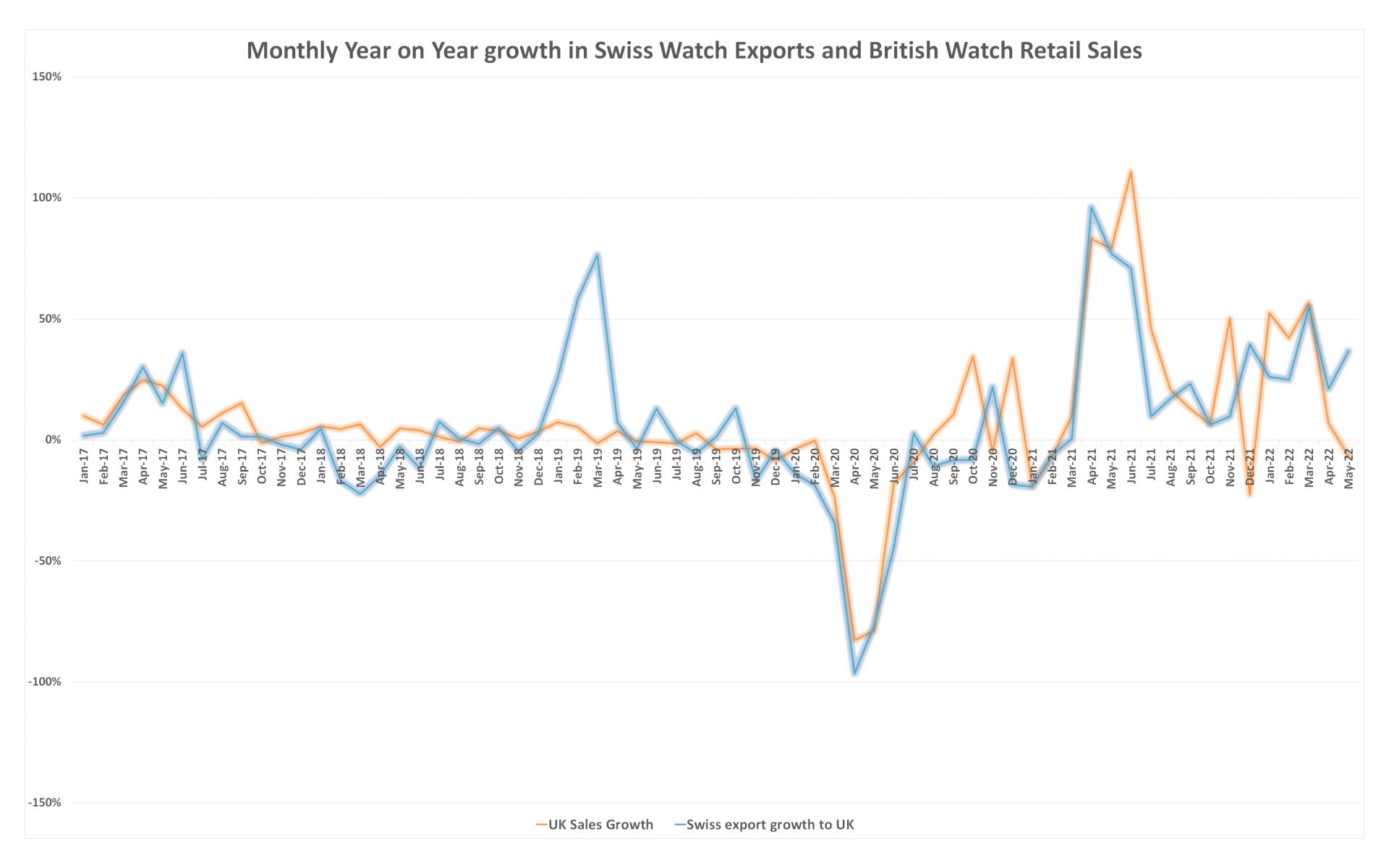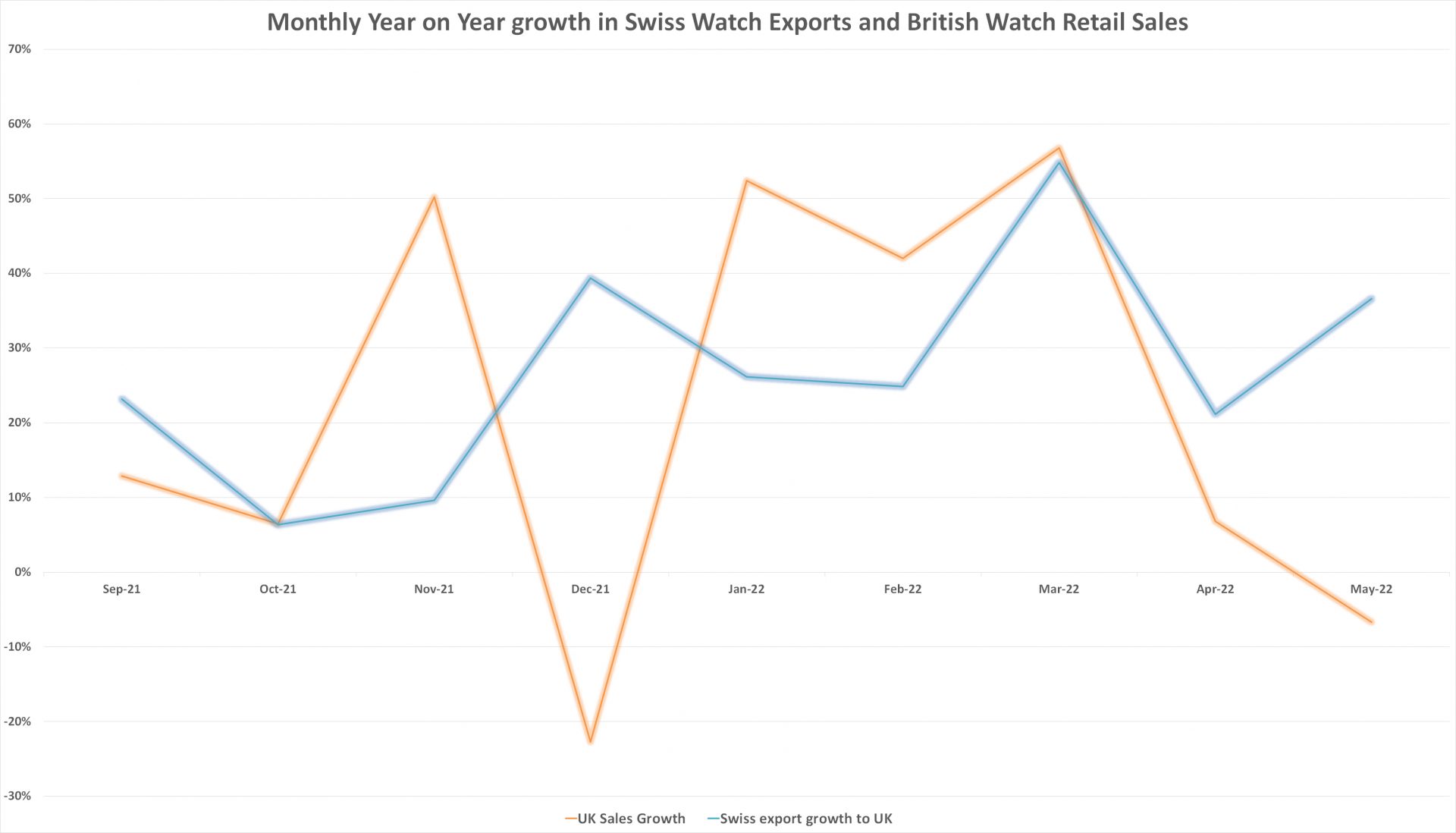In 2016 and 2017, Richemont Group spent close to $500 million buying its own watches back from retailers that could not sell them.
The over-supply was triggered when Chinese officials were banned from accepting luxury goods as ‘incentives’ in 2015, causing demand to contract sharply.
Richemont calculated that $500 million was worth paying to prevent the global grey market being flooded with watches being offered at huge discounts to prices at its own stores and authorised dealers.
Since 2017, the secondary market has exploded with players like WatchBox, Watchfinder, Chrono24, Chronext, eBay driving each other to ever-higher levels of investment and returns.
Despite the incredible growth of this secondary market in new and used watches, the problems associated with discounting have actually reduced.
Sure, there are still plenty of bargain basement watches being offered brand new online, but the largest part of the secondary market, by far, is for brands like Rolex, Patek Philippe, Audemars Piguet and Richard Mille where watches are traded for well over retail.
Transparency brought about by the rise of ecommerce experts in the secondary market gives us perfect oversight of how well brands are matching supply to demand both overall and right down to certain references.
AP’s Royal Oak may be selling for well over retail but there are discounts to be found for some ladies Millenary watches.
Matching supply to demand and keeping watches of the grey market has become easier for brands for a number of reasons.
First, many of them sell most of their watches directly to consumer so they have more timely data on sales and can adjust more quickly. Their own stores are also unlikely to dump unsold stock.
Secondly, retailers have much more sophisticated CRM systems, which improve their own forecasting and this information is fed up to the brands.
Thirdly, manufacturing processes have improved and can be more quickly adjusted when demand changes.
Fourthly, most brands now pay bonuses to their reps based on sell out through retail rather than wholesale sell in. This is crucial when it comes to my next point.
There are commercial pressures that have always increased the risk of oversupply when the market weakens.
Three of the biggest watch manufacturers — Richemont, Swatch Group and LVMH — are publicly listed companies with shareholders to satisfy.
They would prefer not to report quarterly drops in sales (recorded at the factory gate) so they keep the CNC machines turning and are extremely reluctant to reduce production.
I give you this long winded history of recent trends in the market because I fear we are at risk of history repeating itself.
I have tracked the percentage growth and contraction in Swiss watch exports to the UK for the past five years thanks to the excellent data compiled by the Federation of the Swiss Watch Industry.
I also have data over the same period for the growth and contraction of all watches sold at retail in Great Britain, supplied by retail analyst GfK.

If supply and demand are in perfect lock step, you will see no separation between both sets of figures. If you look at the graph over the five years, you will see the two lines are pretty close together. When supply exceeds demand, it tends to be corrected in the next few months and vice-versa.
Remarkably, this was even broadly true through the early months of the pandemic when shops closed and manufacturing was mothballed; and again when pent up demand exploded and supply was constrained.
Which brings us to the data right now. For the first quarter of 2022, retail sales in the UK were on fire after a difficult Christmas, rising by 52%, 42% and 57% in January, February and March.
Imports lagged a little, perhaps because of the slow Christmas, but picked up pace from 26% and 27% in January and February to 55% in March.
No wonder British retailers and the watch brands were on such cock-a-hoop form when they arrived at Watches & Wonders.
But economic storm clouds have been gathering ever since as soaring commodity prices have fed through to broad-based inflation and a squeeze on living standards.
Optimists suggested this would not affect the overheated luxury watch market, but the UK has certainly challenged that view.
In April, retail sales growth slowed to 7% and then went negative to -7% in May.
In the same two months, the Swiss exported watches worth 21% more in April and 37% more in May.
The lines on the graph have diverged, suggesting either that retailers — despite softening sales — are stocking in anticipation of future demand or to restock after such a buoyant Q1. Either way, stock levels in the channel have increased.
For the year to date to the end of May, Swiss watch exports have doubled, but retail sales have risen by around half that rate.
The UK is the fifth largest market in the world for Swiss watches, but it is not large enough on its own to cause the sort of oversupply that the Chinese slowdown in 2015 caused. It is also a highly professional market with retailers unlikely to dump watches on the grey market.
But the same economic headwinds the UK is experiencing are mostly global in nature, and even the mighty American market is slowing down. Hong Kong and China have both contracted when it comes to watch sales.
Despite this, the worldwide value of Swiss watch exports is continuing to rise sharply, by 13.6% in May. That is down from peak annual growth of 36% in February, so the industry is reacting, but will it achieve the perfect adjustment or will supply run dangerously ahead of demand.
Only time will tell, and hopefully the optimists are right about demand remaining strong, but manufacturers need to be smart. If sales are softening for parts of their output, production must be reduced.
Hopefully that will create capacity to make more of the watches that people desperately want to buy, and are still selling at well over retail prices because of supply shortages.

